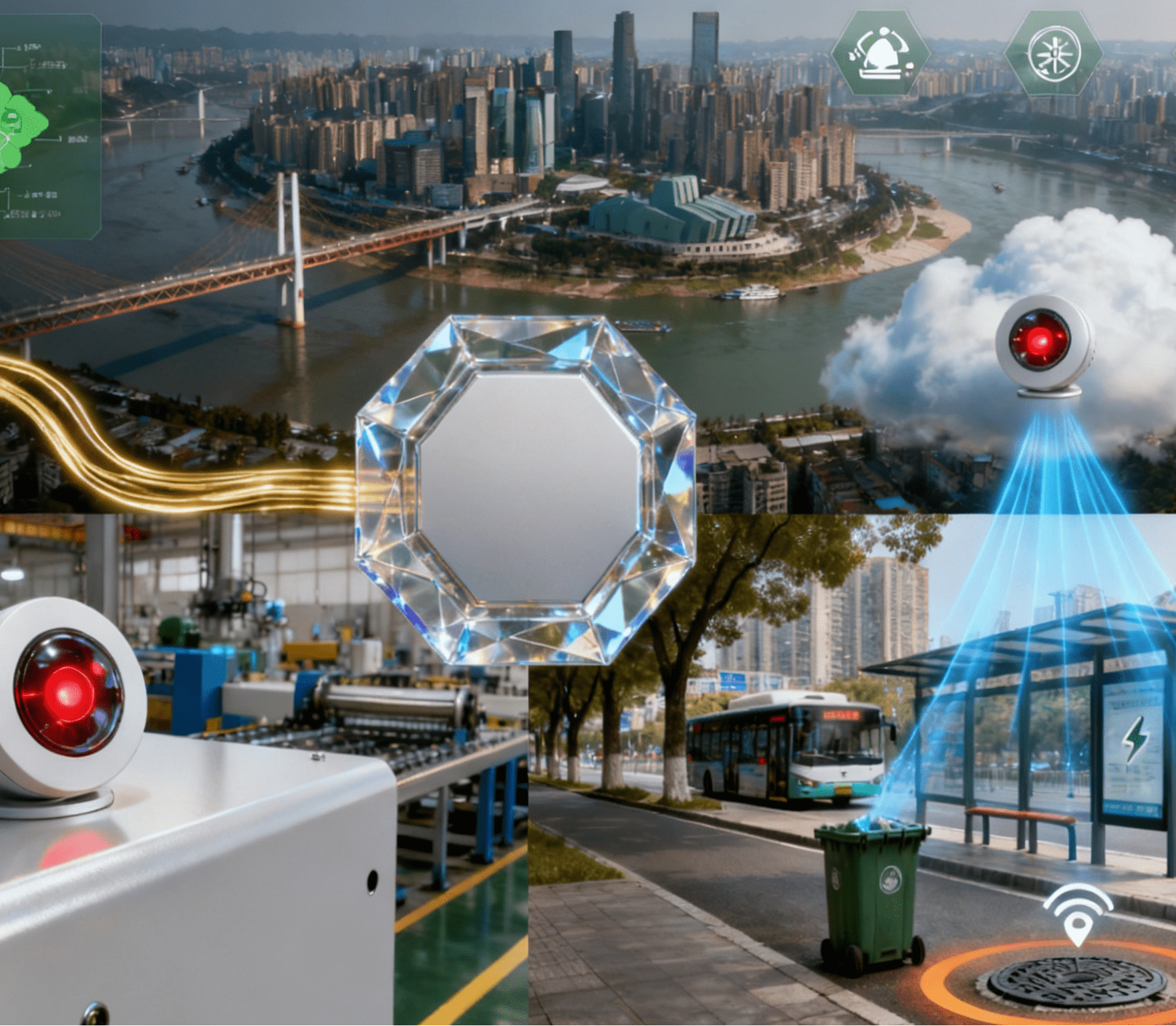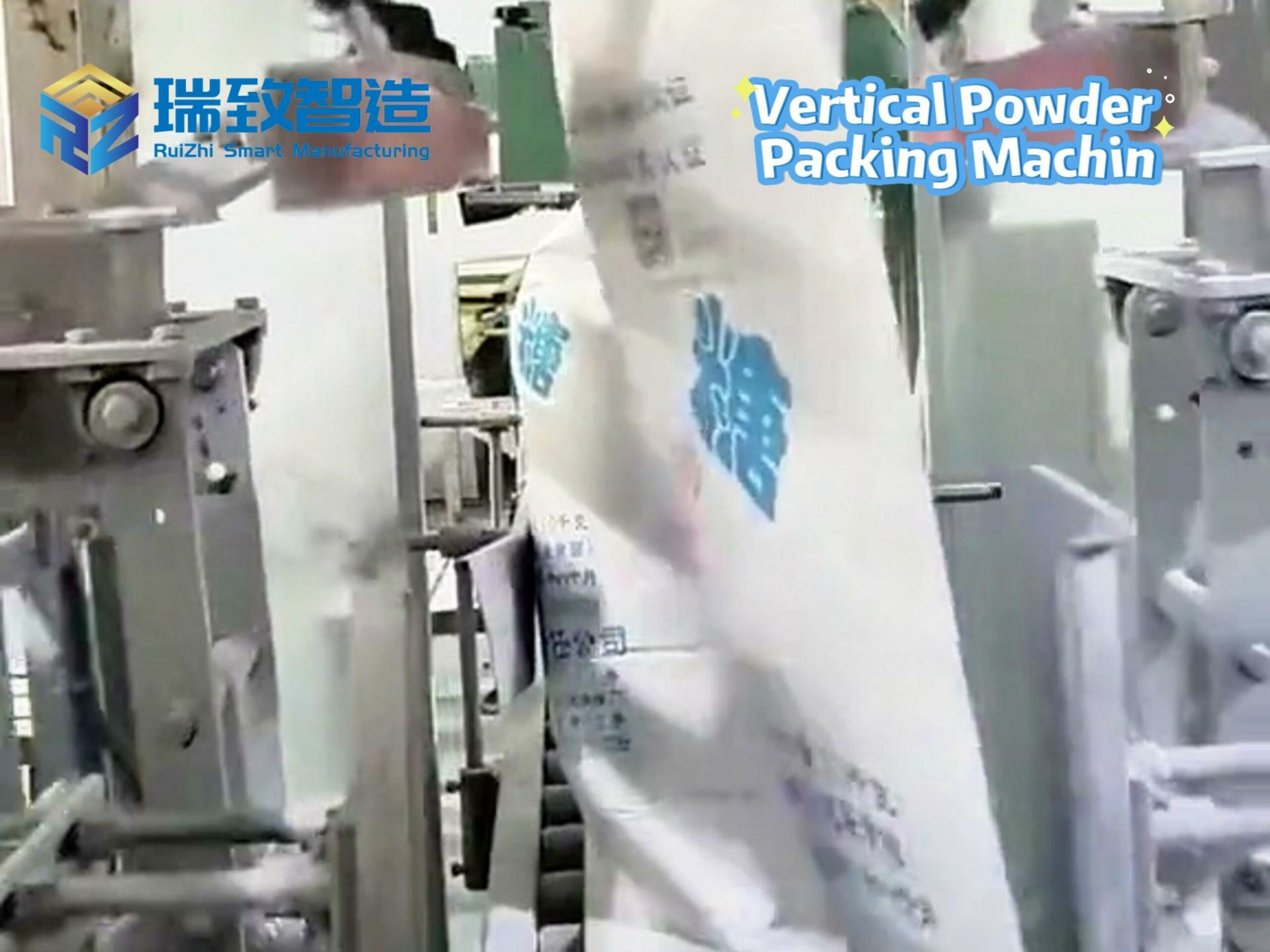Table of Contents
ToggleNew Study Decodes AI’s True Potential and Job Disruption Risks in the Age of Intelligent Automation

In an era where intelligent automation and industrial automation are reshaping industries, businesses and policymakers have long navigated AI’s impact with little more than vague hype as a guide. Tech firms have touted narrow AI “breakthroughs” like a compass pointing only to “somewhere north,” leaving leaders grappling to translate superhuman task claims into tangible strategies for adopting automation equipment or future-proofing workforces. Enter the OECD’s new AI Capability Indicators—a landmark framework that finally replaces guesswork with a GPS-like system for understanding AI’s real-world capabilities relative to human skills.
From Hype to Clarity: A Standardized Lens for AI Assessment
The OECD’s framework dismantles the cherry-picked benchmarks dominating tech headlines, offering nine granular scales that map AI against core human abilities: Language, Social Interaction, Problem Solving, Creativity, Metacognition, Knowledge Memory, Vision, Manipulation, and Robotic Intelligence. Each scale (Level 1 = basic proficiency; Level 5 = full human equivalence) cuts through jargon with practical descriptions, such as whether an AI can “adjust manufacturing workflows for equipment malfunctions” (Problem Solving, Level 3) or “assemble delicate components in dynamic industrial environments” (Manipulation, Level 4).
This shift from abstract technical claims to actionable insights is critical for industries integrating automation equipment into industrial automation systems. For example, a factory evaluating robotic arms can use the Manipulation scale to assess if AI-driven models (Level 3: handles standardized parts; Level 4: adapts to irregular shapes) align with their production needs, rather than relying on vague “state-of-the-art” marketing.
Why This Framework Matters for Jobs and Automation
The OECD’s approach also illuminates AI’s dual promise and peril for the workforce. While Level 5 “human-equivalent” AI remains rare (most systems cluster at Level 2–3 for complex tasks like social interaction or creativity), even mid-level capabilities pose risks to routine jobs. In industrial automation, AI-driven automation equipment at Level 3 (e.g., predictive maintenance systems) can already reduce reliance on manual quality control inspectors, while Level 2 language models streamline data entry in logistics.
Yet the framework also highlights opportunities. Roles requiring Level 5 skills—such as strategic problem-solving in supply chain design or creative R&D—remain uniquely human for now. Businesses can use these insights to reskill workers for AI-augmented roles, such as programming automation equipment or optimizing AI-driven workflows in intelligent automation systems.
A Roadmap for Informed Automation Strategy
By grounding AI assessment in human-centric capabilities, the OECD empowers stakeholders to make deliberate choices:
- Manufacturers: Use the Robotic Intelligence scale to prioritize AI tools for automation equipmentthat excel at repetitive tasks (Level 3) while retaining human oversight for complex assembly (Level 4 gaps).
- Policymakers: Identify workforce training needs in sectors where AI lags (e.g., social care, requiring Level 3+ Social Interaction) versus those facing displacement (e.g., data entry, Level 2–3 Language proficiency).
- Tech Developers: Focus R&D on filling Level 4–5 gaps in industrial automation(e.g., AI that “reconfigures production lines in real time” [Robotic Intelligence, Level 4]) to enhance adaptive manufacturing.
Conclusion: Navigating AI’s Impact with Purpose
The OECD’s AI Capability Indicators mark a turning point in the intelligent automation era. No longer must businesses and workers fear AI as an unpredictable force or embrace it as a panacea. By mapping AI’s progress against human abilities, this framework offers a blueprint for integrating automation equipment and industrial automation systems with clarity—protecting against rash job cuts while unlocking productivity gains.
As OECD experts emphasize, the goal is not to replace humans but to identify where AI excels (e.g., processing vast datasets in automation equipment) and where human judgment remains irreplaceable (e.g., ethical decision-making in supply chains). In doing so, the framework charts a path toward a future where automation enhances human potential, rather than eroding it—a compass pointed firmly toward sustainable, inclusive growth.




















